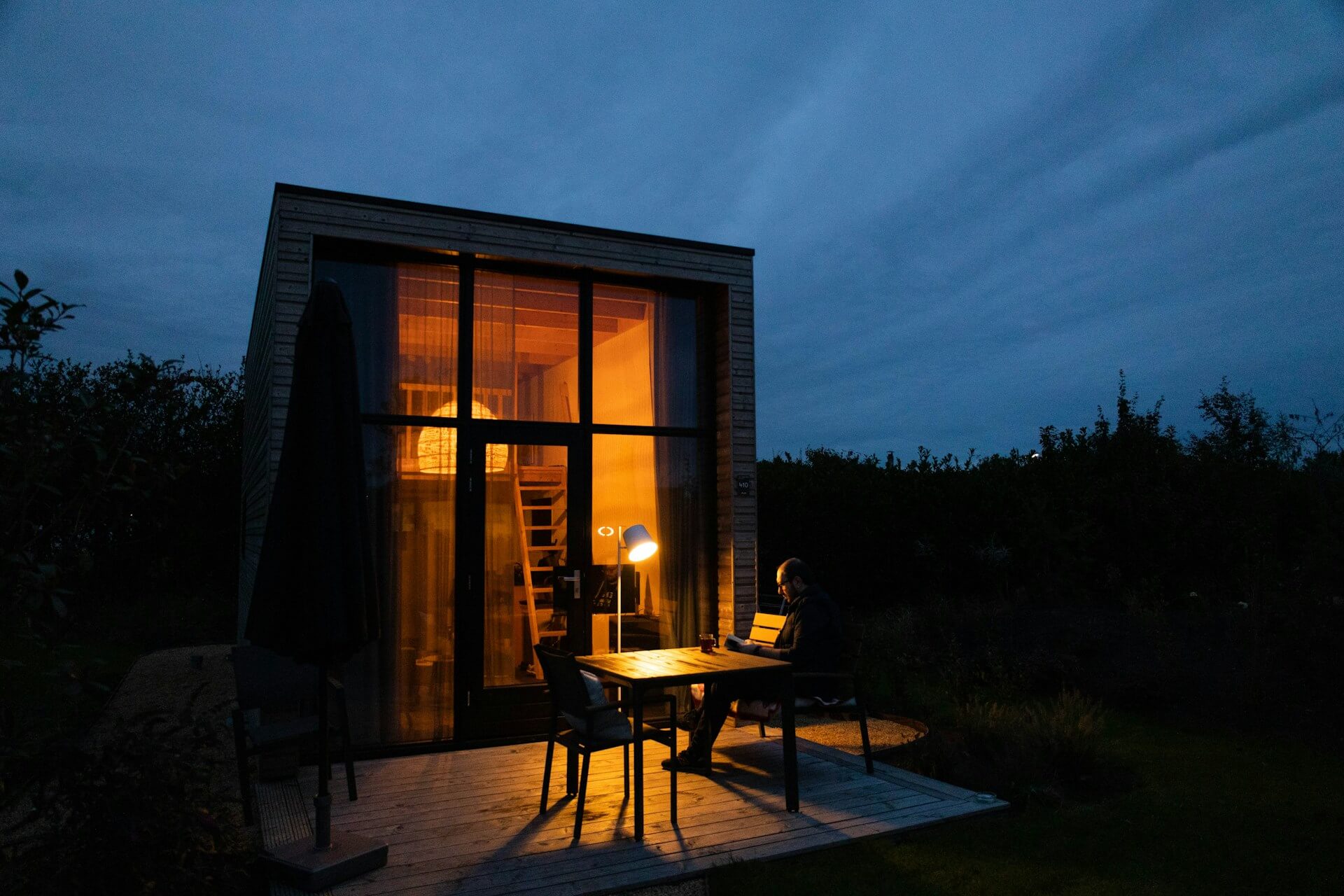The Rise of Tiny House Kits:
A Comprehensive Look into the Future of Sustainable Living
Tiny house kits have emerged as a revolutionary solution in the realm of housing, offering a unique blend of affordability, sustainability, and customization. These kits provide individuals with the opportunity to build their own compact yet functional living spaces, tailored to their specific needs and preferences. From cozy cabins nestled in remote forests to modern, minimalist dwellings in urban settings, the appeal of tiny house kits spans a diverse range of lifestyles and architectural tastes.
The Concept of Tiny House Kits
At its core, the concept of tiny house kits revolves around simplicity and efficiency. These kits typically include pre-cut materials and comprehensive instructions, enabling individuals to construct their houses with minimal construction experience. The convenience of these kits lies in their ready-to-assemble components, which streamline the building process and eliminate the need for extensive architectural planning. Whether designed for full-time residence or as vacation retreats, tiny house kits cater to a growing demographic seeking sustainable and cost-effective housing solutions.
Varieties and Customization Options
One notable aspect of tiny house kits is their remarkable customization potential. From contemporary, sleek designs to rustic, country-style abodes, tiny house kits cater to a diverse array of aesthetic preferences and functionality requirements. Some popular tiny house kit variations include:
- Container Houses: Built using recycled shipping containers, these kits allow for rapid, low-cost construction while reducing waste and promoting sustainability.
- Park Model Houses: These larger-scale tiny houses can span up to 400 square feet and are designed to comply with recreational vehicle (RV) standards, allowing for easy transportation and relocation.
- Cabin-in-a-Box Kits: Featuring a more traditional, cabin-like aesthetic, these kits provide homeowners with a cozy and efficient living space, complete with built-in furniture and appliances.

Sustainable Building Practices
In an era increasingly concerned with environmental impact, tiny house kits promote sustainable building practices. Many kits incorporate eco-friendly materials and energy-efficient features, such as solar panels, rainwater harvesting systems, and composting toilets. These green technologies not only reduce the ecological footprint of the house but also contribute to long-term cost savings through reduced utility bills and maintenance expenses. By embracing sustainable principles, tiny house kits offer homeowners a way to live more harmoniously with the environment without sacrificing comfort or convenience.
Advantages of Tiny House Living
Tiny house kits offer several unique advantages for homeowners, including:
- Affordable Housing: With an average cost ranging from $20,000 to $100,000, tiny house kits provide a feasible and cost-effective alternative to traditional, high-priced housing options.
- Reduced Environmental Footprint: Tiny houses consume significantly less energy and resources than traditional dwellings, aligning with the eco-conscious principles of homeowners seeking to minimize their environmental impact.
- Minimal Maintenance: Compact living spaces are generally easier and less expensive to maintain, allowing homeowners to focus their time and resources on enjoying their simplified and efficient living quarters.
- Flexible Lifestyle: The portable nature of some tiny house kits enables homeowners to relocate and explore new surroundings without the burden of long-term commitments and financial constraints.
Challenges and Considerations
Despite their many advantages, tiny house kits are not without challenges. Zoning regulations and building codes vary widely across regions, posing potential obstacles for those interested in setting up their tiny houses in urban or suburban areas. Prospective homeowners must navigate these legal considerations to ensure compliance and avoid complications during the planning and construction phases. Additionally, the limited space within tiny houses requires thoughtful design and organization to maximize functionality and comfort.
Future Trends and Innovations
Looking ahead, the future of tiny home kits is poised for further innovation and growth. Advances in technology and manufacturing techniques are expected to enhance the efficiency and sustainability of these dwellings, making them an even more attractive option for homeowners worldwide. Innovations in modular construction and smart house integration may further expand the possibilities for customization and energy management within tiny houses. As the demand for affordable and sustainable housing solutions continues to rise, tiny house kits are likely to play an increasingly vital role in the housing market.

Conclusion
Tiny house kits represent a significant shift in how we approach housing, offering a viable alternative to traditional houses that is both practical and sustainable. By empowering individuals to build their own houses with ease and affordability, these kits promote independence, creativity, and environmental stewardship. Whether as primary residences, vacation getaways, or rental properties, tiny houses embody the spirit of innovation and adaptation in response to evolving housing needs. As the popularity of tiny house living grows, so too does the potential for these compact dwellings to shape the future of residential architecture and urban planning.
In conclusion, tiny house kits exemplify the convergence of modern design, sustainable living, and personal expression, making them a compelling choice for anyone seeking a more intentional and harmonious way of life.
Published 6/12/25